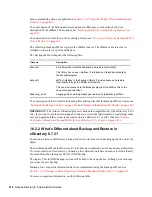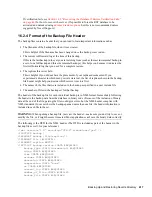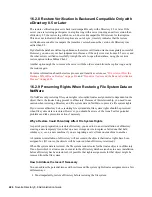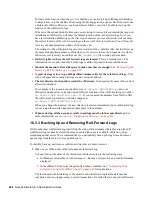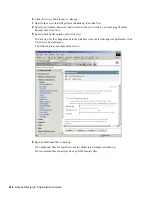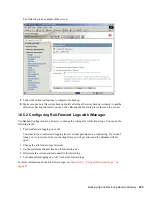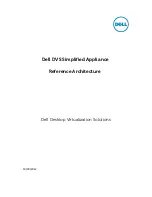
426
Novell eDirectory 8.8 Administration Guide
no
vd
ocx
(e
n)
6 Ap
ril 20
07
restored back to the state it was in at the moment before it went down. (If you don't have roll-
forward logs, you must follow a separate procedure to try to recover, described in
Section 16.9,
“Recovering the Database If Restore Verification Fails,” on page 462
.)
Roll-forward logging is off by default. You must turn it on if you want to use it on a server. Roll-
forward logging is also turned off and the settings returned to default when you restore a server, so
after a restore you must turn it on again, re-create your configuration, and create a new full backup.
(The new full backup is necessary so that you are prepared for any failures that might occur before
the next unattended full backup is scheduled to take place.)
In a single-server environment, roll-forward logging is not required, but you can use it if you want to
be able to restore eDirectory to the moment before it went down instead of just to the last backup.
Make sure you monitor disk space when roll-forward logging is on. For more information, see
“Backing Up and Removing Roll-Forward Logs” on page 428
.
In this section:
“Issues to Be Aware of When Turning On Roll-Forward Logging” on page 426
“Location of the Roll-Forward Logs” on page 427
“Backing Up and Removing Roll-Forward Logs” on page 428
“Cautionary Note: Removing eDirectory Also Removes the Roll-Forward Logs” on page 429
You can turn on and configure roll-forward logging using either iManager or the eMBox Client. See
“Configuring Roll-Forward Logs with iManager” on page 435
or
“Configuring Roll-Forward Logs
with the eMBox Client” on page 446
.
16.3.1 Issues to Be Aware of When Turning On Roll-Forward
Logging
If you decide to use continuous roll-forward logging, you must be aware of the following issues:
Turn on roll-forward logging before a backup is done
if you want to be able to use this
feature for restoring the database.
For fault tolerance, make sure that the roll-forward logs are placed on a different storage
device than eDirectory.
For security, you should also restrict user rights to the logs. For more
information, see
“Location of the Roll-Forward Logs” on page 427
.
Document the location of the roll-forward logs.
For more information, see
“Location of the
Roll-Forward Logs” on page 427
.
Monitor the available disk space where the logs are located.
For more information, see
“Backing Up and Removing Roll-Forward Logs” on page 428
.
If the logs are turned off or lost, turn them back on, then do a new full backup
to ensure
that you can make a full recovery. This is necessary in these cases:
After a restore. Roll-forward logging is turned off and the settings are reset to the default
as part of the restore process.
If you lose the directory containing the roll-forward logs because of a storage device
failure or other failure.
If roll-forward logs are unintentionally turned off.
Summary of Contents for EDIRECTORY 8.8 SP2
Page 4: ...novdocx en 6 April 2007...
Page 116: ...116 Novell eDirectory 8 8 Administration Guide novdocx en 6 April 2007...
Page 128: ...128 Novell eDirectory 8 8 Administration Guide novdocx en 6 April 2007...
Page 255: ...256 Novell eDirectory 8 8 Administration Guide novdocx en 6 April 2007...
Page 406: ...408 Novell eDirectory 8 8 Administration Guide novdocx en 6 April 2007...
Page 563: ...566 Novell eDirectory 8 8 Administration Guide novdocx en 6 April 2007...
Page 573: ...576 Novell eDirectory 8 8 Administration Guide novdocx en 6 April 2007...
Page 601: ...604 Novell eDirectory 8 8 Administration Guide novdocx en 6 April 2007...



